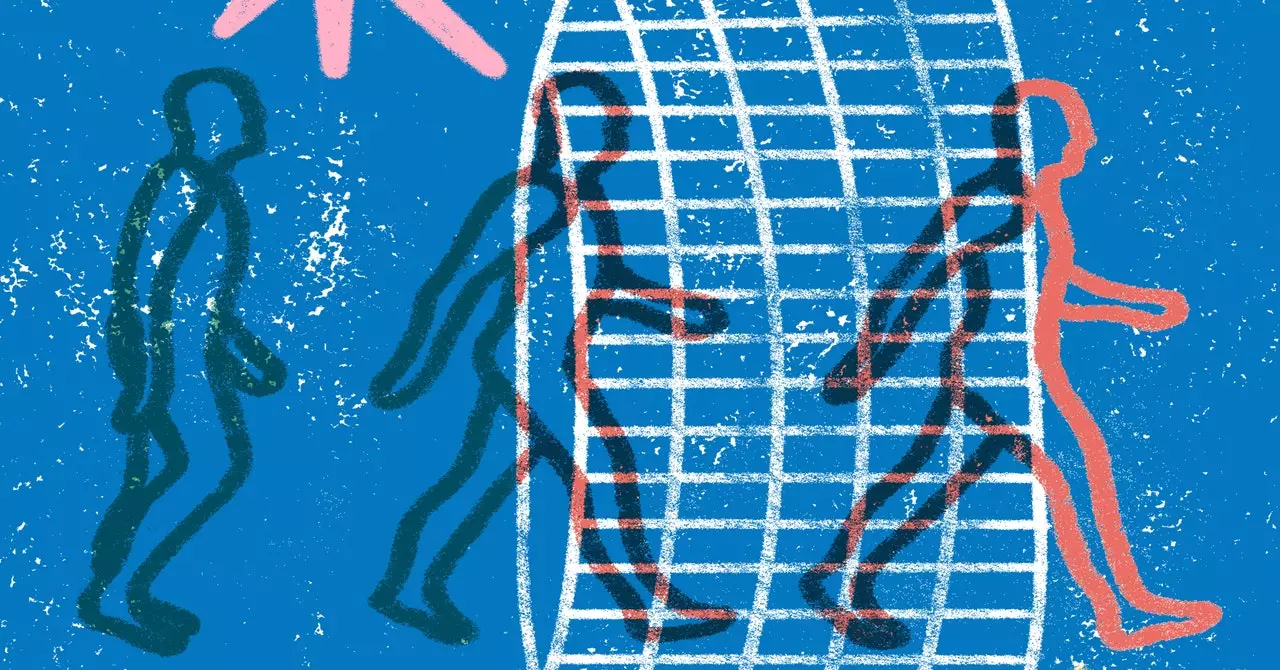Artificial intelligence has embarked on a remarkable journey in recent years, demonstrating an astonishing capacity to generate text, audio, and video that resembles human output. Yet, despite these advances, most AI models tend to operate primarily within a digital submission, often struggling to transition their capabilities to the physical environment we inhabit. This schism between digital intelligence and the real world raises crucial questions about the limitations of current AI systems, particularly when confronted with tasks that involve the complexities of our three-dimensional universe.
The transition from virtual models to their successful implementation in the physical realm presents numerous challenges. Take, for instance, the ongoing quest for developing dependable self-driving vehicles. These vehicles rely heavily not just on advanced algorithms but require a robust understanding of physical dynamics—something current AI systems find difficult to master. Algorithms frequently falter by ‘hallucinating’ outcomes or misinterpreting their surroundings, leading to potentially catastrophic errors. For AI to thrive beyond its digital confines, a thorough re-engineering of its foundational principles is necessary—this is where the concept of “physical intelligence” comes into play.
Physical intelligence represents the next frontier in AI development. Unlike conventional AI systems, which primarily process data without an intrinsic understanding of the physical laws governing reality, physical intelligence is inherently rooted in physics and dynamics. It is geared towards interacting meaningfully with a variety of real-world environments, adapting to changes, and making informed decisions in real-time scenarios. This new breed of intelligent machines promises a multifaceted understanding of cause-and-effect dynamics, enabling richer interactions with their surroundings.
At institutions like MIT, the exploration of these physical intelligence models is underway through innovative frameworks like “liquid networks.” By allowing these systems to evolve and adapt to new environmental challenges through learning, researchers are unraveling the limitations of conventional AI. For instance, when two drones—one operating under traditional AI principles and the other driven by liquid networks—attempted object location tasks, the latter outperformed the former under novel circumstances, showcasing its ability to learn and adjust dynamically, akin to human behavior.
Another significant advancement in physical intelligence lies in its capacity to translate digital commands into tangible actions. For example, researchers have crafted systems that can rapidly design and 3D-print functional robots based on succinct prompts, from the ability to “walk forward” to “gripping objects.” This capability not only streamlines the design process but also unchains creativity and innovation across multiple domains. The implication is vast—possibly paving the way for an intersection where verbal or coded commands seamlessly lead to physical output.
Innovative companies, such as Covariant, are also exploring this territory by developing chatbots that operate robotic mechanisms. With significant funding backing their ventures, they aim to revolutionize industries like warehousing with sorting robots that can respond adeptly to verbal instructions. Furthermore, Carnegie Mellon University’s groundbreaking work with a simple-camera robot performing intricate parkour feats demonstrates the untapped potential when AI and robotics harness physical intelligence.
As we envision the future, it becomes increasingly apparent that 2025 may herald the dawn of physical intelligence, marking a significant milestone in AI evolution. This could usher in a generation of intelligent systems capable of not only understanding tasks but executing them with precision in real-world applications. Power grids, smart homes, and interactive devices could systematize functions based on direct user interaction, refitting our everyday experiences with a level of sophistication previously thought to belong only in science fiction.
This evolution, however, brings forth philosophical and ethical questions regarding the control, adaptability, and integration of such advanced systems into society. Realizing the potential of physical intelligence may lead us to a paradigm shift that redefines human-machine interactions and ultimately improves productivity and quality of life. As research progresses at the intersection of AI and robotics, the future glimmers with the promise of physical intelligence — a synthesis of digital innovation with tangible execution.

